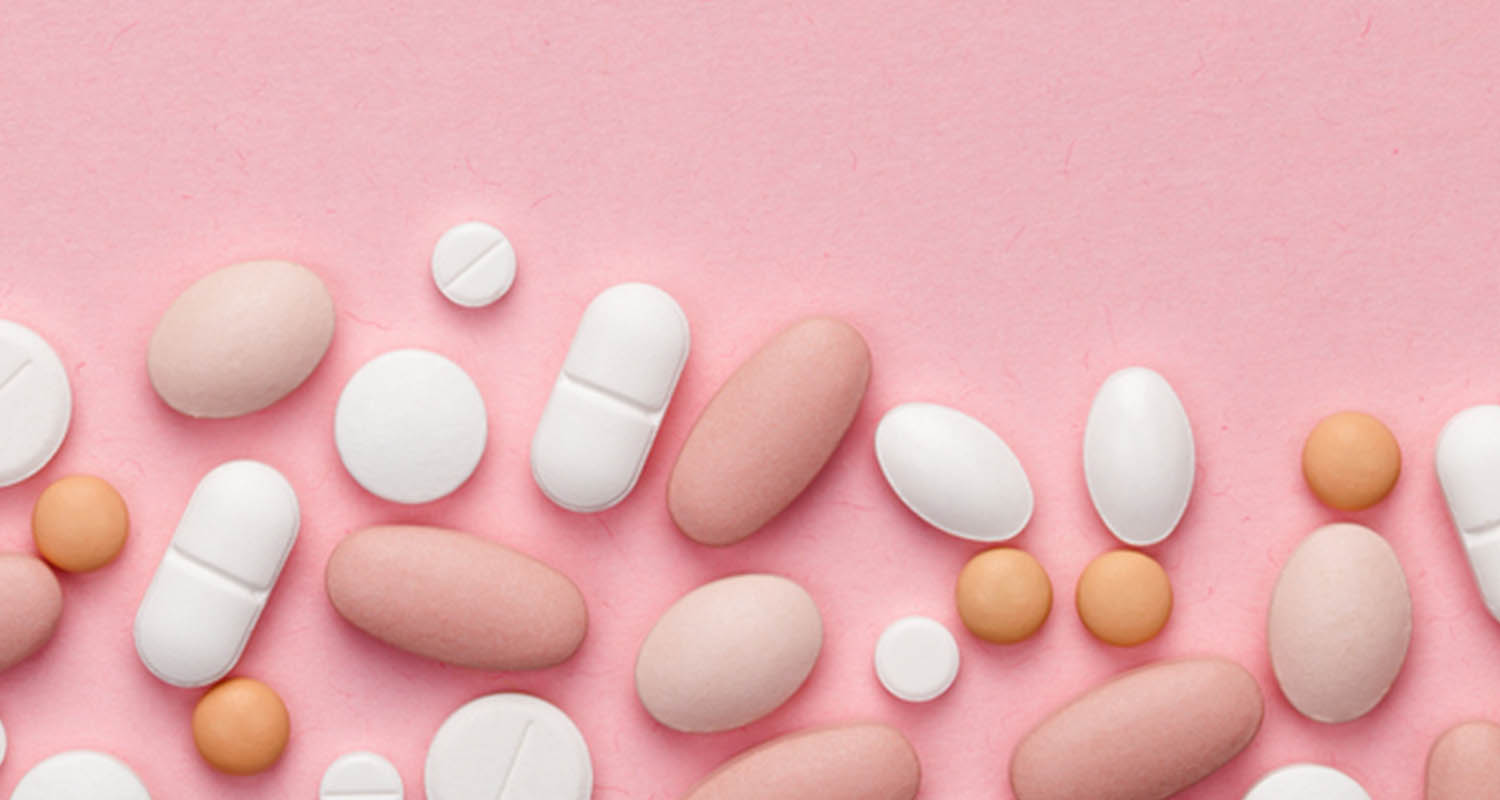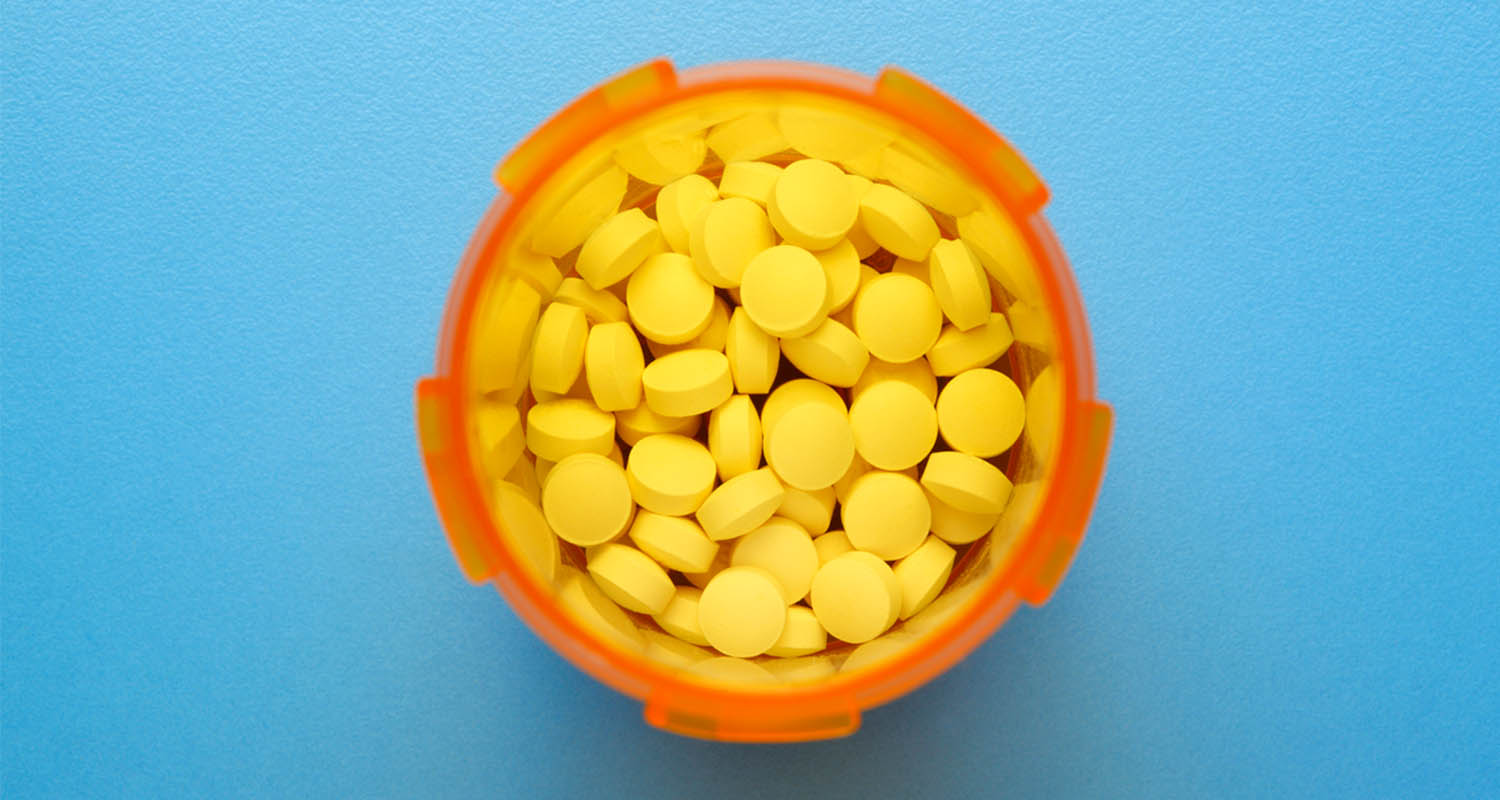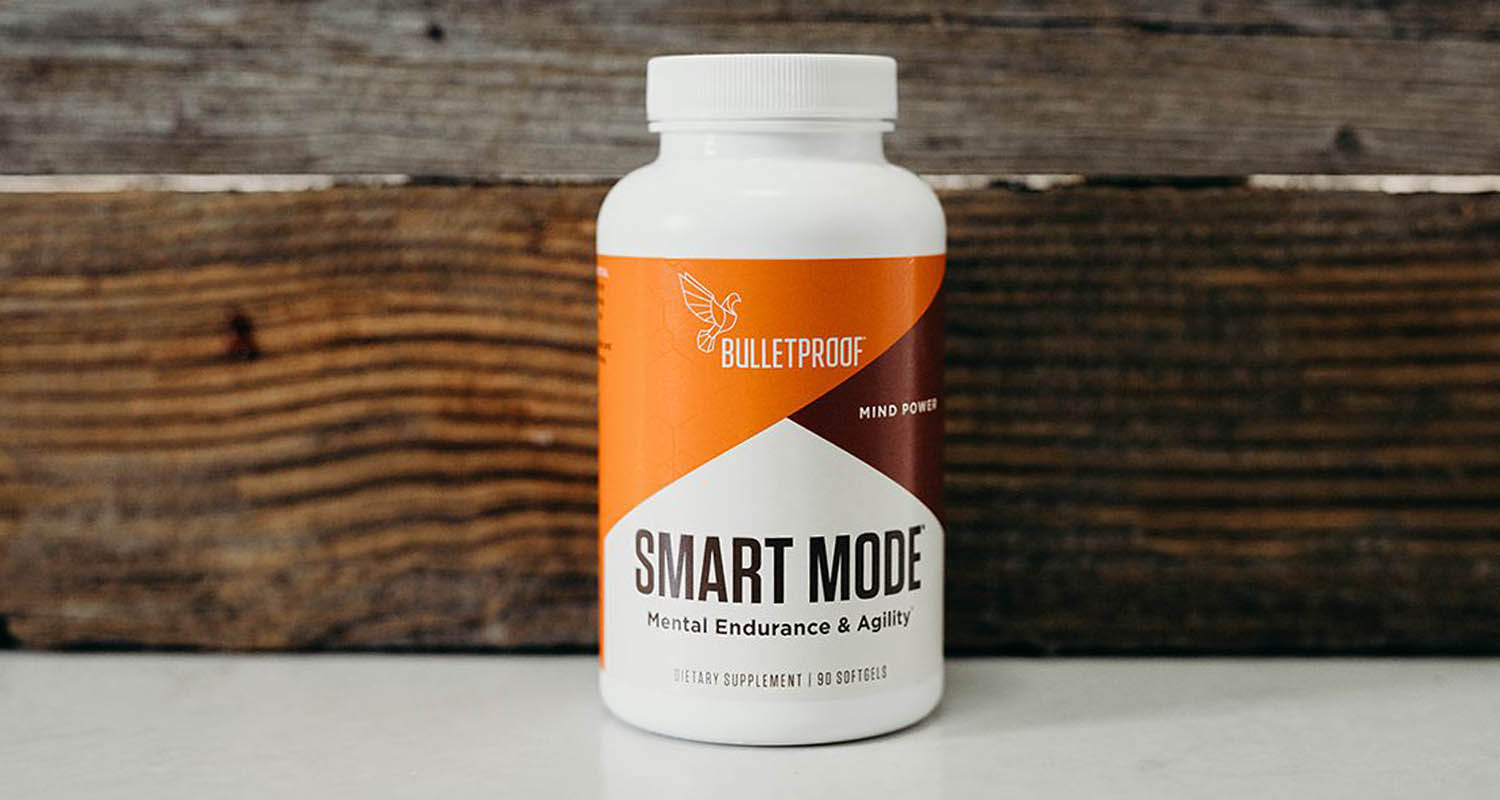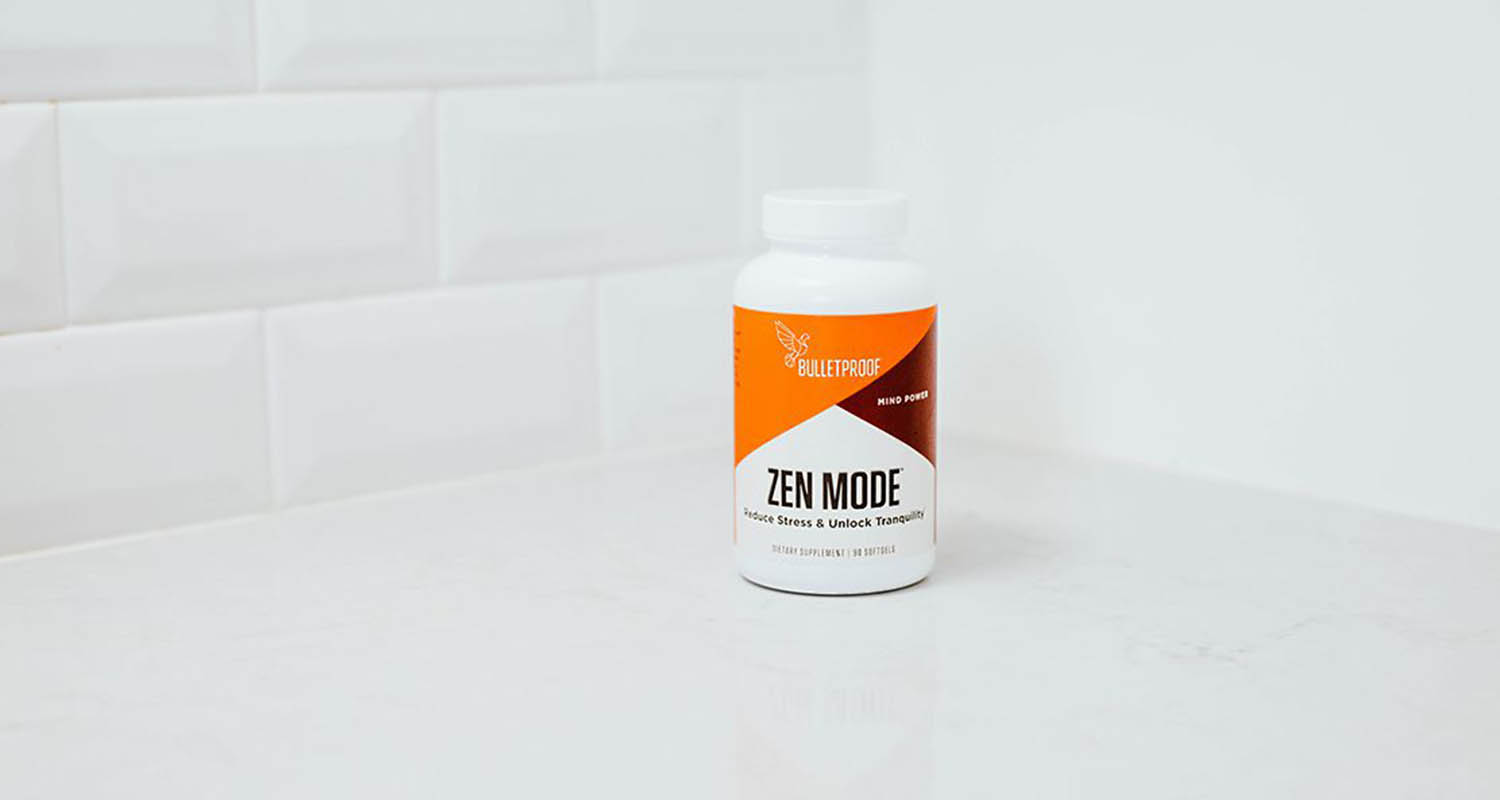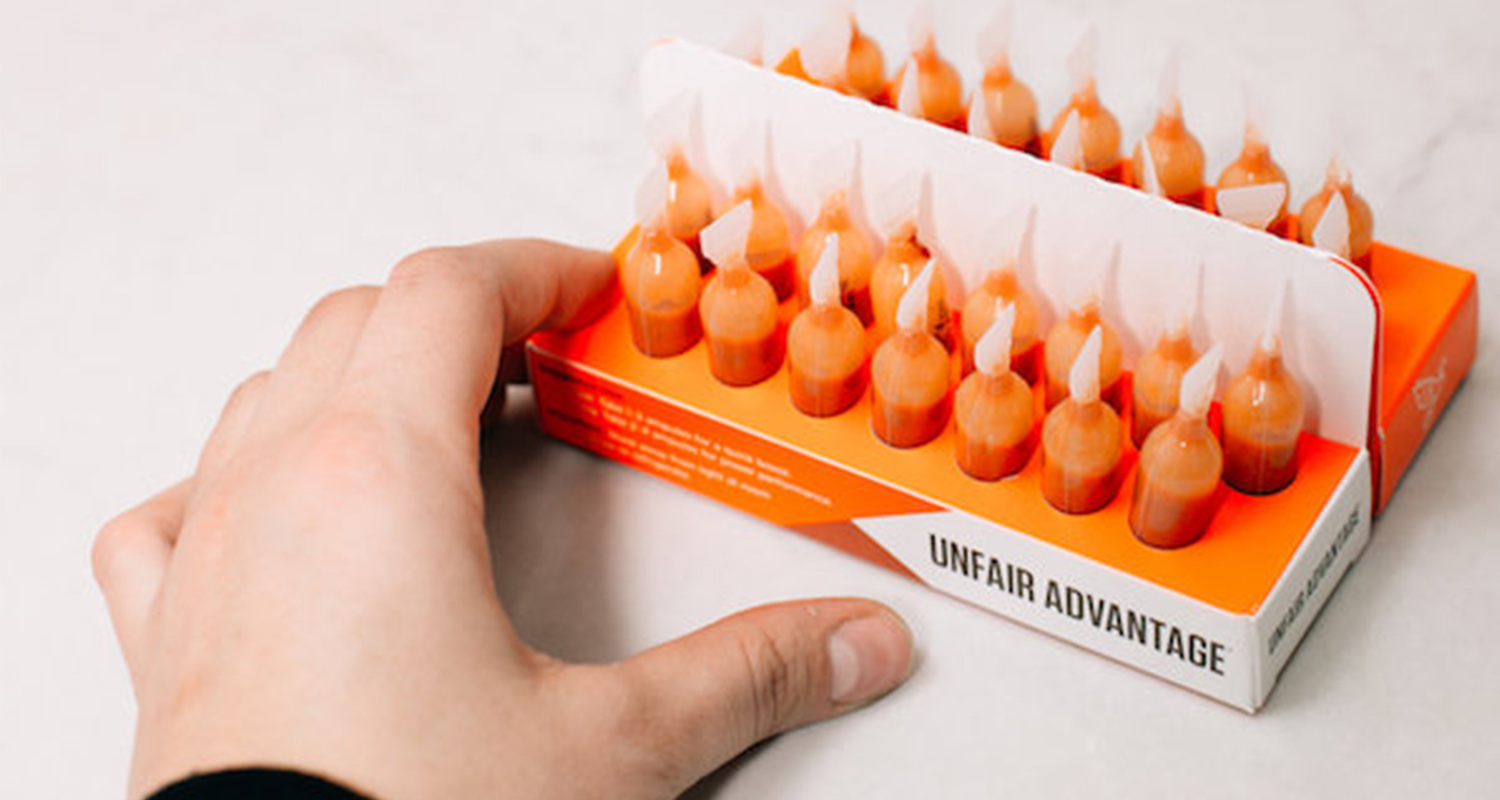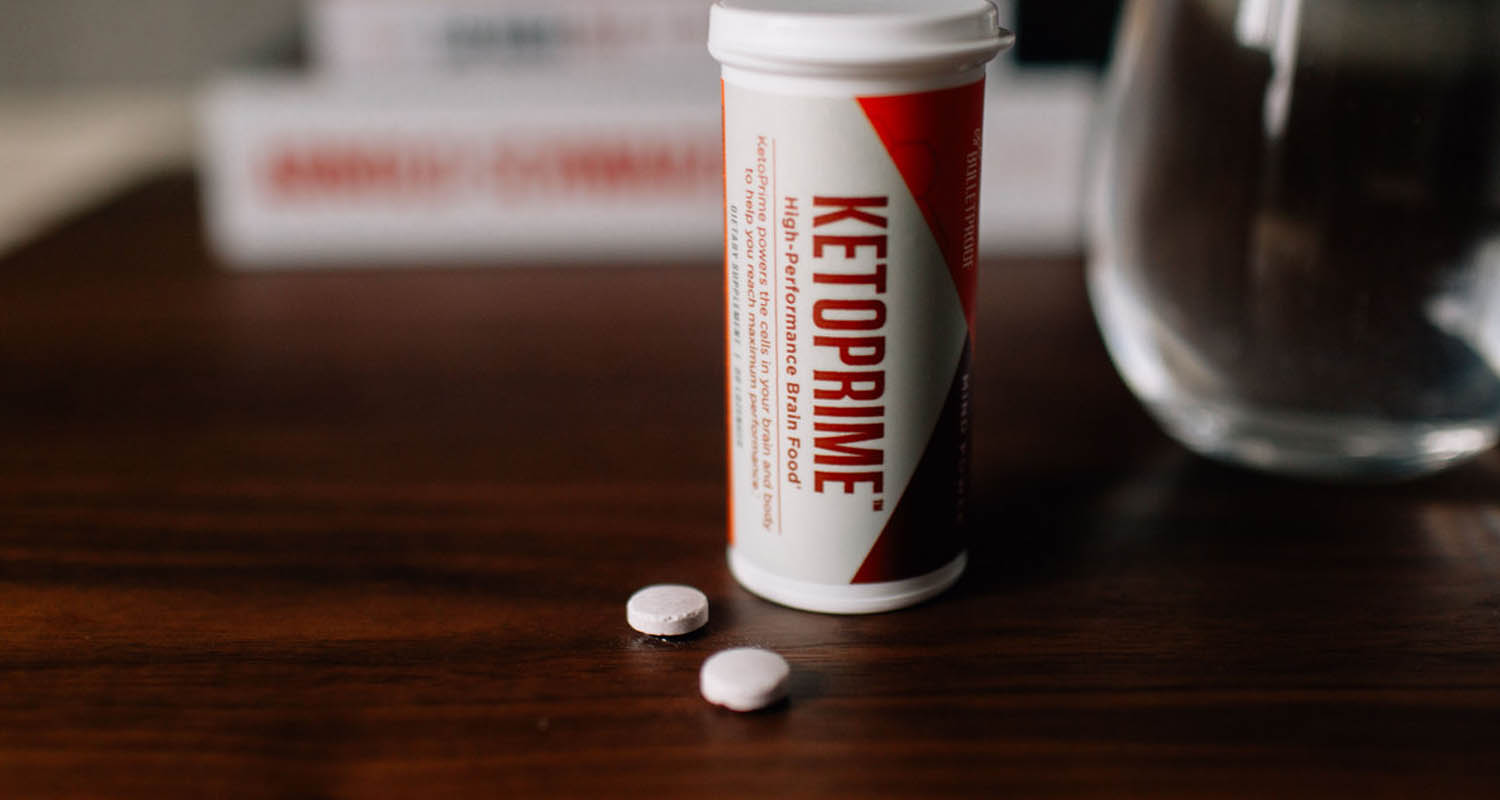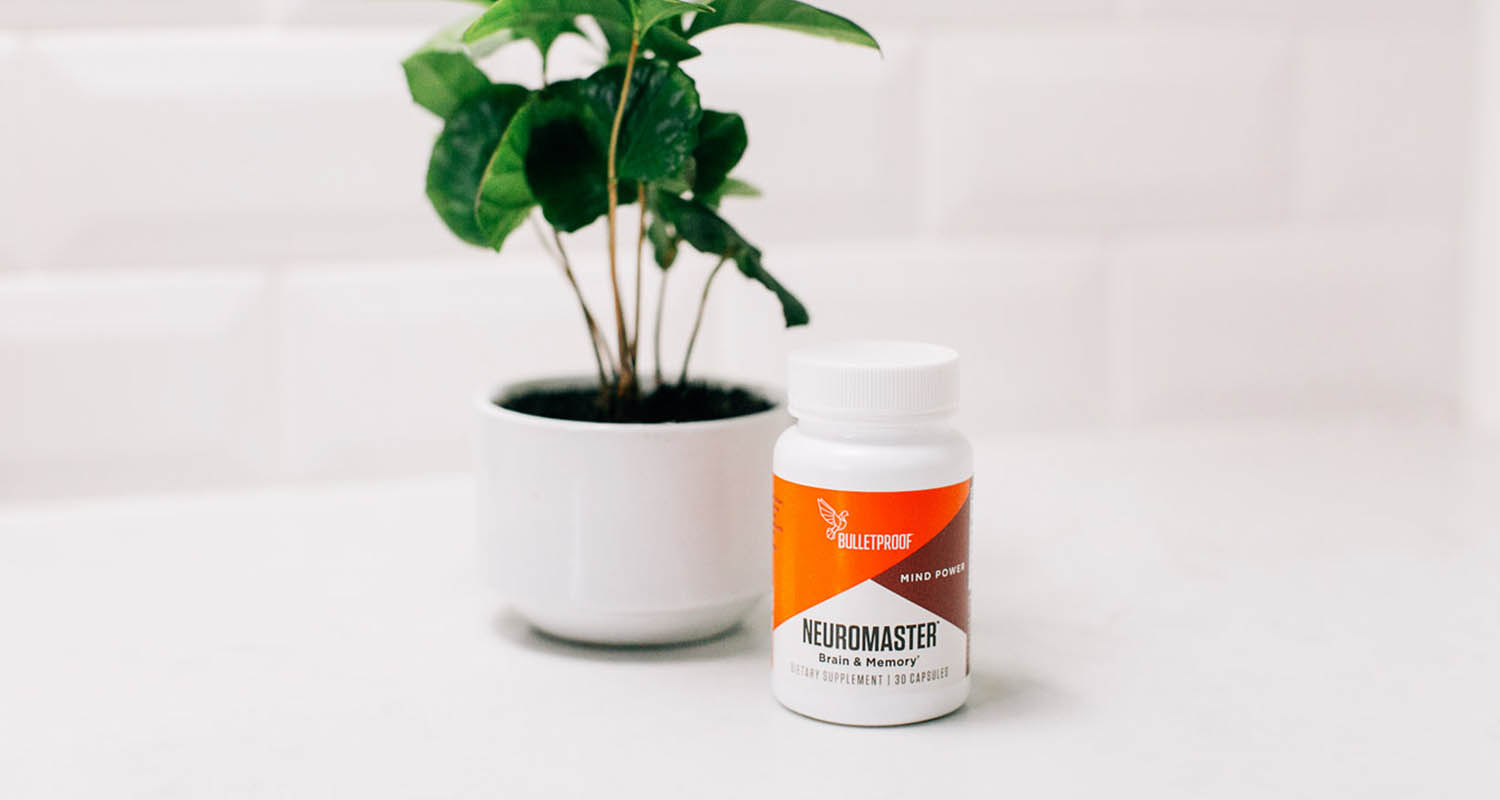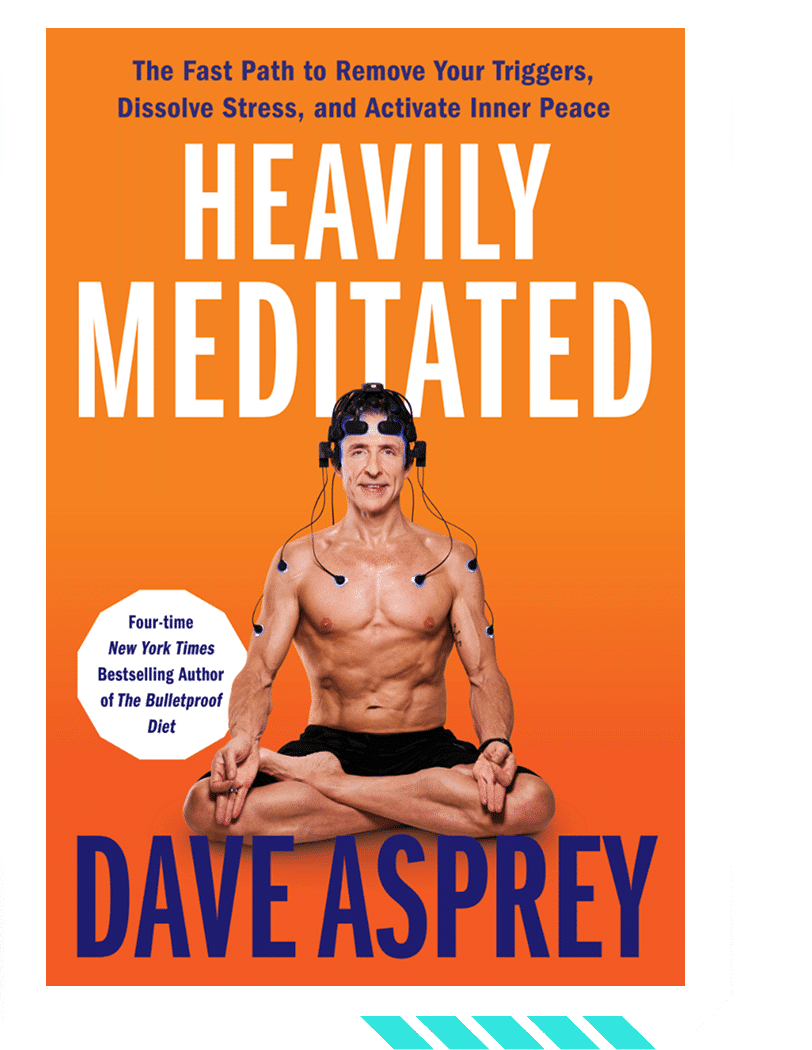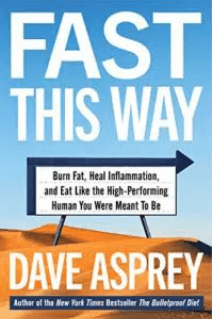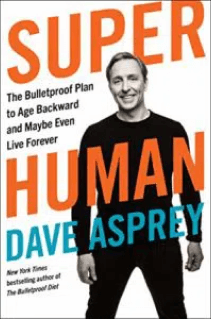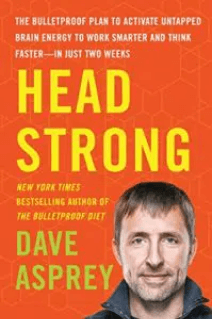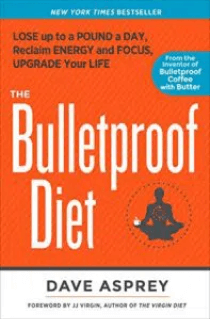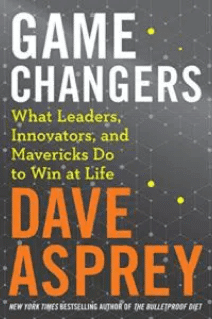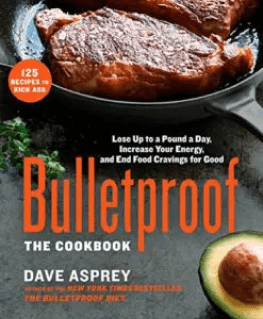
Nootropics – sometimes called smart drugs – are compounds that enhance brain function. They’re becoming a popular way to give your mind an extra boost. According to one Telegraph report, up to 25% of students at leading UK universities have taken the prescription smart drug modafinil, and California tech startup employees are trying everything from Adderall to LSD to push their brains into a higher gear.
I’ve been actively benefitting from nootropics since 1997, when I was struggling with cognitive performance and ordered almost $1000 worth of smart drugs from Europe (the only place where you could get them at the time). I remember opening the unmarked brown package and wondering whether the pharmaceuticals and natural substances would really enhance my brain.
They did, and I’ve been a big fan of certain cognitive enhancers ever since.
I’m wary of others, though. The trouble with using a blanket term like “nootropics” is that you lump all kinds of substances in together. Technically, you could argue that caffeine and cocaine are both nootropics, but they’re hardly equal. With so many ways to enhance your brain function, many of which have significant risks, it’s most valuable to look at nootropics on a case-by-case basis. Here’s a list of 9 nootropics, along with my thoughts on each.
1) Modafinil (Provigil), armodafinil (Nuvigil), and adrafinil – focus, motivation, clarity, memory
I started taking modafinil while getting my MBA at Wharton. At the same time, I was also working at a start-up that later sold for $600 million in value, so you can imagine how busy I was. I wanted a way to keep my brain running.
When I first started taking modafinil, I felt more like myself than I had in years. I took it just about every day in varying doses for 8 years (with a physician’s prescription). It gave me energy and changed my life. I would not be the biohacker I am today without modafinil.
When I worked on the Bulletproof Diet book, I wanted to verify that the effects I was getting from Bulletproof Coffee were not coming from modafinil, so I stopped using it and measured my cognitive performance while I was off of it. What I found was that on Bulletproof Coffee and the Bulletproof Diet, my mental performance was almost identical to my performance on modafinil. I still travel with modafinil, and I’ll take it on occasion, but while living a Bulletproof lifestyle I rarely feel the need.
There’s a slight risk (about 5 in a million people) of having a life-threatening immune reaction to modafinil. It’s the same reaction that happens with ibuprofen and other NSAIDs (non-steroidal anti-inflammatory drugs), so if you know you don’t react well to NSAIDs, talk to your doctor before taking modafinil.
One reason I like modafinil is that it enhances dopamine release, but it binds to your dopamine receptors differently than addictive substances like cocaine and amphetamines do, which may be part of the reason modafinil shares many of the benefits of other stimulants but doesn’t cause addiction or withdrawal symptoms. It does increase focus, problem-solving abilities, and wakefulness, but it is not in the same class of drugs as Adderall, and it is not a classical stimulant. Modafinil is off of patent, so you can get it generically, or order it from India. It’s a prescription drug, so you need to talk to a physician.
You can also try armodafinil, which is a more purified form of modafinil with only biologically identical molecules in it. It has nearly identical and sometimes stronger effects. It’s very expensive without insurance.
If you don’t want to get a prescription, there’s adrafinil, which has similarities, but I wouldn’t recommend taking it regularly because it stresses your liver a lot.
Normally prescribed modafinil dose: 50-200 mg, taken in the morning (unless you want to be awake all night)
Normally prescribed armodafinil dose: 100-200 mg, taken in the morning
Adrafinil dose: 300 mg, taken in the morning
2) Nicotine – focus, mood, motivation
Nicotine can be a powerful nootropic if you take it carefully and sparingly. Here’s a full guide to using nicotine as a nootropic, complete with pros and cons, risks, dose recommendations, and advice about what form of nicotine to use.
I do NOT recommend smoking cigarettes or using tobacco to get your nicotine. I’m talking about very small doses that are far lower than you’d get from smoking. Nicotine has a direct effect on your mitochondrial energy, and just about anything that increases mitochondrial function is going to make your brain work better.
3) Amphetamine (Adderall) – focus…but with high risk and several drawbacks
Big Pharma has recommended amphetamine (Adderall) for ADHD sufferers for years now. It’s also popular on college campuses around exam time. Too bad, because there are much better choices.
Amphetamine has substantial risks. In healthy adults, it improves attention, focus, motivation to work, and short-term memory, all by increasing dopamine and norepinephrine release in your prefrontal cortex. Amphetamine also decreases fatigue, but it makes you jittery and can increase anxiety.
What worries me about amphetamine is its addictive potential, and the fact that it can cause stress and anxiety. Research says it’s only slightly likely to cause addiction in people with ADHD, but we don’t know much about its addictive potential in healthy adults. We all know the addictive potential of methamphetamine, and amphetamine is closely related enough to make me nervous about so many people giving it to their children. Amphetamines cause withdrawal symptoms, so the potential for addiction is there.
If you want a stimulant, drink Bulletproof coffee.
4) Forskolin & artichoke extract – memory, focus, learning
Because smart drugs like modafinil, nicotine, and Adderall come with drawbacks, I developed my own line of nootropics, including Forbose and SmartMode, that’s safe, widely available, and doesn’t require a prescription. Forskolin, found in Forbose, has been a part of Indian Ayurvedic medicine for thousands of years. In addition to being fun to say, forskolin increases cyclic adenosine monophosphate (cAMP), a molecule essential to learning and memory formation.
I have used forskolin for more than a decade.
Forskolin is especially effective if you combine it with artichoke extract. Artichoke extract inhibits PDE4, an enzyme that breaks down cAMP. PDE4 inhibitors make cAMP more available, and when you add in artichoke extract’s cAMP-enhancing effects, you get a significant boost to learning, memory, and motivation.
Or you get a headache and an energy crash when you “come down.”
That may be because upping cAMP uses more dopamine than your brain usually would. It affects different people differently. You only know if you try it.
As part of our Bulletproof Brain Blend, Smart Mode contains artichoke extract, along with other cognitive-enhancing ingredients. Take with Forbose, to get your dose of forskolin. Forbose is a unique formulation that helps your body produce more energy to power through intense physical and mental activity.
Smart Mode dose: 3 softgels daily
Forbose dose: 2 capsules before or after activity
5) L-theanine – calm alertness, reaction time, mental endurance
L-theanine is a major component of black and green tea. On its own, theanine promotes relaxation, alertness, and arousal.
Theanine also works synergistically with caffeine. Together, the two increase reaction time, memory, and mental endurance.
You can get your theanine from a capsule like Zen Mode, or you can drink a cup or two of green tea. If you decide to do the green tea, look for tea that’s grown in the shade, because shade-grown green tea typically has much higher levels of theanine.
L-theanine dose: 200 mg. Take 3 Zen Mode softgels with your morning coffee, or you can take it at night, like me.
6) Bacopa Monnieri – attention, mood, stress, memory
This is a small water plant native to India. Bacopa is an adaptogen – it helps your body adapt to stress. It also improves memory in healthy adults and enhances attention and mood in people over 65. Scientists still don’t fully understand how Bacopa works, but they do know it takes time to work; study participants didn’t feel its memory-enhancing effects until they’d been supplementing with it daily for 4 weeks, so if you try Bacopa, stick with it for a month before you give up on it.
Bacopa suppresses sperm production in male mice, so you may want to skip it if you’re trying to conceive. It didn’t affect the mice’s testosterone or sex drive, though.
A lot of nootropic companies include Bacopa in their stacks, but they often don’t use enough to give you real benefits. You want at least 750 mg daily. Take Bacopa with a fat source to increase its absorption.
Bacopa monnieri dose: At least 750 mg daily, taken with a source of fat
7) Unfair Advantage – energy, clarity
Unfair Advantage supports your mitochondria, the power plants of your cells, with two different ingredients:
- CoQ10 enhances cellular energy production in your mitochondria, giving you both a mental and physical boost. (The dose of CoQ10 is low, but it’s in a colloidal form which potentiates delivery of the PQQ)
- ActivePQQ™ is a novel form of PQQ that does not get inactivated by stomach acid. PQQ promotes the growth of new mitochondria and also helps your body clear out and replace old mitochondria.
You have the highest density of mitochondria in your brain’s prefrontal cortex, which helps to explain why I feel Unfair Advantage in my head first. You have the second highest density in your heart, which is probably why I feel it in the center of my chest next. Mitochondrial energizers can have profound nootropic effects! At higher doses mitochondrial energizers also make for an excellent pre-workout supplements.
Unfair Advantage dose: 1-4 ampules, taken any time
8) KetoPrime – energy, stress
KetoPrime is another powerful nootropic. It contains oxaloacetate, a compound that can shield your brain from environmental toxins.
Common environmental toxins – pesticides, for example – cause your brain to release glutamate (a neurotransmitter). Your brain needs glutamate to function, but when you create too much of it it becomes toxic and starts killing neurons. Oxaloacetate protects rodents from glutamate-induced brain damage. Of course, we need more research to determine whether or not oxaloacetate has the same effect on humans.
KetoPrime is a great way to give your brain a little extra boost. In animal studies, it also modifies the Krebs Cycle, shifting the ratio of NADH to NAD+, which makes mitochondrial energy production more efficient.
KetoPrime dose: 1 lozenge, taken in the morning
9) NeuroMaster – memory and focus
NeuroMaster is a supplement I helped formulate when I learned about the power of coffee fruit extract. This stuff significantly increases brain-derived neurotrophic factor (BDNF) levels – even more than exercise. BDNF is a crucial neuroprotein that helps increase neuroplasticity and create new neurons, resulting in better memory and focus.
This is important for the short-term, and essential for the long-term because you naturally lose BDNF as you age. Lower BDNF levels are associated with age-related hippocampal shrinkage and memory decline.
100 mg of extract of coffee fruit (the red fruit surrounding coffee beans) raised BDNF by about 140% in several studies. The boost lasted for a few hours.
NeuroMaster dose: 1 cap, taken in the morning with or without food
Stuff you should know about nootropics
When you first start taking nootropics, sometimes you’ll feel like nothing is happening. That’s what I experienced. Then, a week later, I quit taking them, and noticed their absence immediately. This is because when your brain works better, it feels so natural that it’s hard to notice unless you have a great degree of self-awareness.
On the other hand, sometimes you’ll feel a great cognitive boost as soon as you take a pill. That can be a good thing or a bad thing. I find, for example, that modafinil makes you more of what you already are. That means if you are already kind of a dick and you take modafinil, you might act like a really big dick and regret it. It certainly happened to me! I like to think that I’ve done enough hacking of my brain that I’ve gotten over that programming… and that when I use nootropics they help me help people.
You can also get profoundly depressed. One of the nootropics I did not write about here, Lucidril, has superb anti-aging and cognitive benefits for some people, but others get deeply sad after taking it. After three days on Lucidril I felt entirely hopeless about my life. Fortunately, I’d done my research and I stopped taking it immediately.
There is inherent risk in experimenting with pharmaceuticals, or illegal drugs like LSD. The risk is greater than it is with most natural substances. You can have a psychotic experience if you take too much LSD; you’re more likely to get a big headache if you take too much of a choline-stimulating herbal substance.
It also pays to check the purity of your nootropics. I’ve seen some companies promoting pre-made nootropic stacks that contain ingredients like blue agave (fructose!), food coloring – even pieces of metal. Read your labels!
I have great hope that medicine will wake up to the amazing benefits of nootropics and begin to incorporate them into society. Many of them not only increase your quality of life, they make your brain more resilient to the environment around you. We could all use a little more that.
Before you try nootropics, I suggest you start with the basics: get rid of the things in your diet and life that reduce cognitive performance first. That is easiest. Then, add in energizers like Brain Octane and clean up your diet. Then, go for the herbals and the natural nootropics. Use the pharmaceuticals selectively only after you’ve figured out your basics.
The truth is that, almost 20 years ago when my brain was failing and I was fat and tired, I did not know to follow this advice. I bought $1000 worth of smart drugs from Europe, took them all at once out of desperation, and got enough cognitive function to save my career and tackle my metabolic problems. With the information we have now, you don’t need to do that. Please learn from my mistakes!
